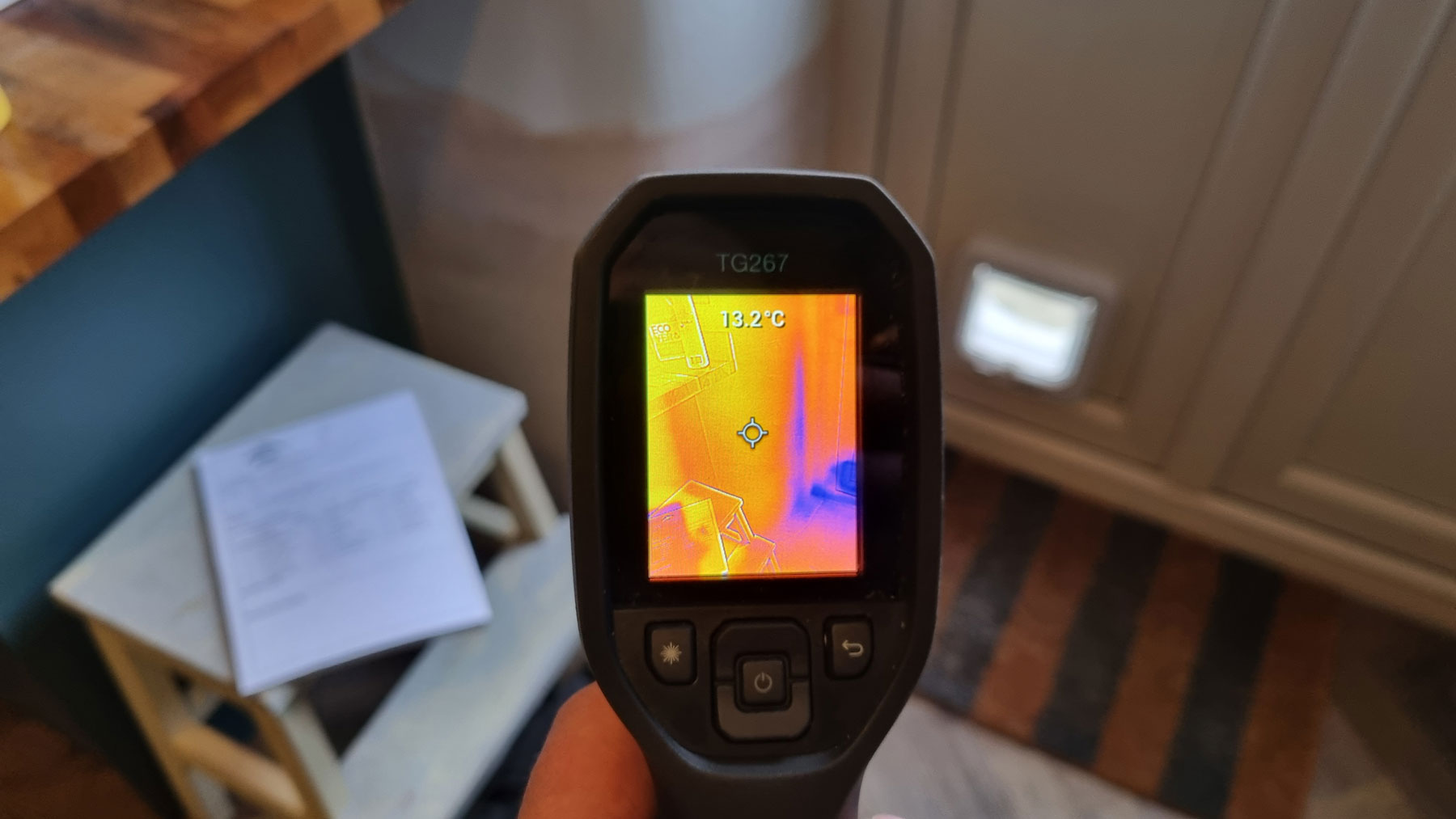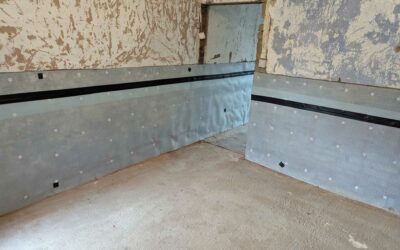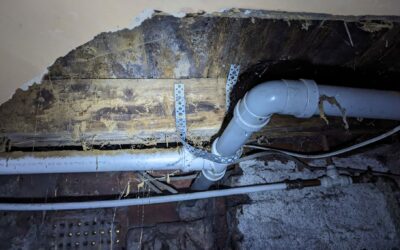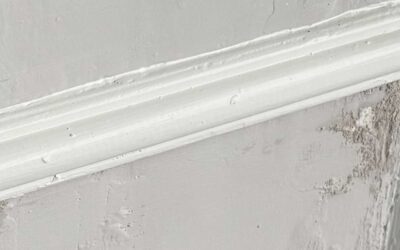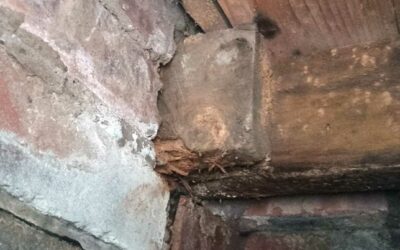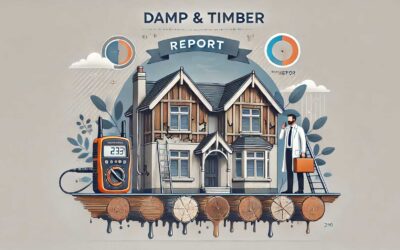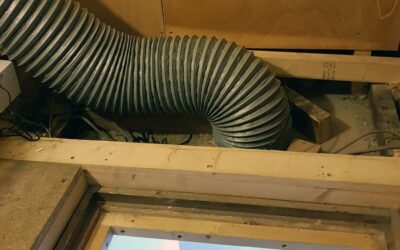When purchasing a property, ensuring that your investment is sound goes beyond the aesthetics and location of the house. One critical aspect that often goes unnoticed is the condition of the property in terms of damp and timber issues.
These hidden threats can significantly affect the structural integrity and long-term value of your home. This is where damp and timber inspections come into play, serving as essential tools in identifying and addressing potential problems.
Understanding Damp and Timber Issues
Damp Issues: Dampness in buildings can be caused by several factors, including rising damp, penetrating damp, and condensation. Each type of dampness has distinct characteristics and requires different solutions.
- Rising Damp: This occurs when groundwater rises through the walls by capillary action. Signs include damp patches on walls, peeling paint, and salt deposits.
- Penetrating Damp: This results from water penetrating through external walls due to issues like damaged brickwork, leaking gutters, or faulty roofs. It leads to damp patches on walls and ceilings.
- Condensation: Often caused by inadequate ventilation, it manifests as water droplets on walls and windows and can lead to mould growth.
Rising Damp Treatment Glossop
After a thorough inspection, our CSRT surveyor confirmed the presence of rising damp, which was causing damage to the internal plaster.
Woodworm Infestation in Manchester Home
Woodworms are the larvae of wood-boring beetles which can cause severe damage to wooden structures. They often infest old or damp wood, and their presence may only become evident when they have already caused significant damage. In this case study, we will take a closer look at a residential property where woodworm infestation was discovered.
Timber Issues: Timber, commonly used in structural elements, is vulnerable to damp conditions. Prolonged exposure to moisture can lead to timber decay, including dry rot, wet rot, and insect infestations.
- Dry Rot: A serious form of timber decay caused by certain fungi that thrive in damp conditions. It can weaken structural timber, leading to severe damage.
- Wet Rot: Caused by different fungi, it occurs in damp timber and is less destructive than dry rot but still poses a significant threat.
- Insect Infestation: Wood-boring insects, such as beetles and termites, can infest damp timber, causing extensive damage over time.
Damp and Timber Survey of a Victorian Mid-Terrace Property
Damp and Timber Survey was conducted on a Victorian mid-terrace property by our Property Care Association Approved surveyor.
Woodworm discovered on Damp and Timber Survey
Our damp and timber surveyor recently carried out a damp and timber survey and report on a 1900s Victorian terrace in Manchester with suspended timber floors to the ground floor.
Why Damp and Timber Inspections are Crucial
Damp and timber inspections are vital for several reasons:
- Protecting Your Investment: Damp and timber issues can significantly reduce a property’s value. Identifying these problems early can save you from costly repairs and depreciation of your investment.
- Ensuring Structural Integrity: Timber is often used in load-bearing structures. Damp and decay can compromise the structural integrity of a property, leading to potential safety hazards.
- Health and Safety: Damp conditions can lead to mould growth, which poses health risks, particularly for individuals with respiratory issues. Ensuring your property is free from damp can protect the health of its occupants.
- Smooth Mortgage Approval: Mortgage lenders often require a damp and timber inspection before approving a loan. A clean report can expedite the mortgage approval process, giving you peace of mind.
What Does a Damp and Timber Inspection Involve?
A damp and timber inspection is a thorough process that involves several key steps:
- Visual Inspection: A qualified surveyor will conduct a visual examination of the property, looking for signs of damp and timber decay, such as damp patches, mould, and damaged wood.
- Moisture Detection: Using moisture meters, the surveyor measures the moisture levels in walls, floors, and ceilings to identify areas affected by damp.
- Thermal Imaging: Advanced thermal imaging cameras help detect hidden damp areas that are not visible to the naked eye by identifying temperature variations.
- Timber Assessment: The surveyor will inspect timber elements for signs of decay, rot, and insect infestation. This includes checking structural components like joists, beams, and floorboards.
- Comprehensive Reporting: After the inspection, the surveyor provides a detailed report outlining the findings, the extent of the issues, and recommended remedial actions.
Addressing the Issues
Once damp and timber issues are identified, addressing them promptly is crucial. Here are some common solutions:
- Rising Damp: Installing a new damp-proof course (DPC) and replastering affected areas can prevent moisture from rising through walls.
- Penetrating Damp: Repairing external defects such as broken roof tiles, faulty gutters, and cracked walls can prevent water ingress.
- Condensation: Improving ventilation by installing extractor fans and ensuring adequate airflow can reduce condensation.
- Timber Decay: Treating affected timber with preservatives, replacing severely damaged wood, and improving ventilation to reduce moisture levels can address timber decay.
Choosing a Reliable Damp and Timber Inspection Company
Selecting the right company for your damp and timber inspection is critical. Here are some tips:
- Experience and Qualifications: Choose a company with certified and experienced surveyors.
- Comprehensive Services: Look for a company that offers a range of services, including inspection, reporting, and remedial work.
- Customer Reviews: Check online reviews and testimonials to gauge the company’s reputation and reliability.
- Detailed Reports: Ensure the company provides thorough and easy-to-understand reports with actionable recommendations.
Conclusion
Unveiling hidden threats through damp and timber inspections is an essential step in the property buying process. By understanding the importance of these inspections, you can protect your investment, ensure the safety and integrity of your home, and enjoy peace of mind. Investing in a comprehensive damp and timber inspection today can save you from significant headaches and expenses down the line, making it a wise decision for any prospective homeowner.
At Damp Solutions UK we support new property owners by ensuring your Damp and Timber report is a reliable step towards a comprehensive understanding of damp within your property investment.
Damp and Timber surveys for mortgages, re-mortgages and equity release are charged from £200+Vat.

